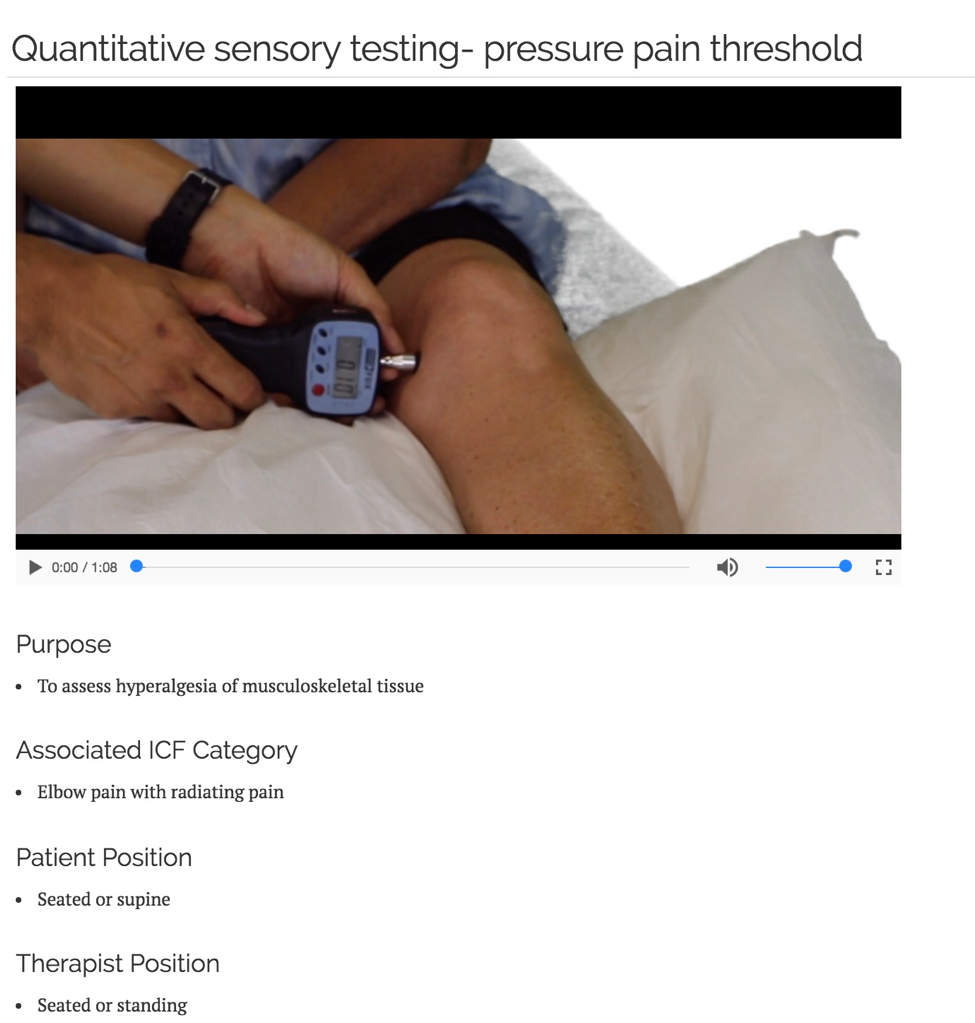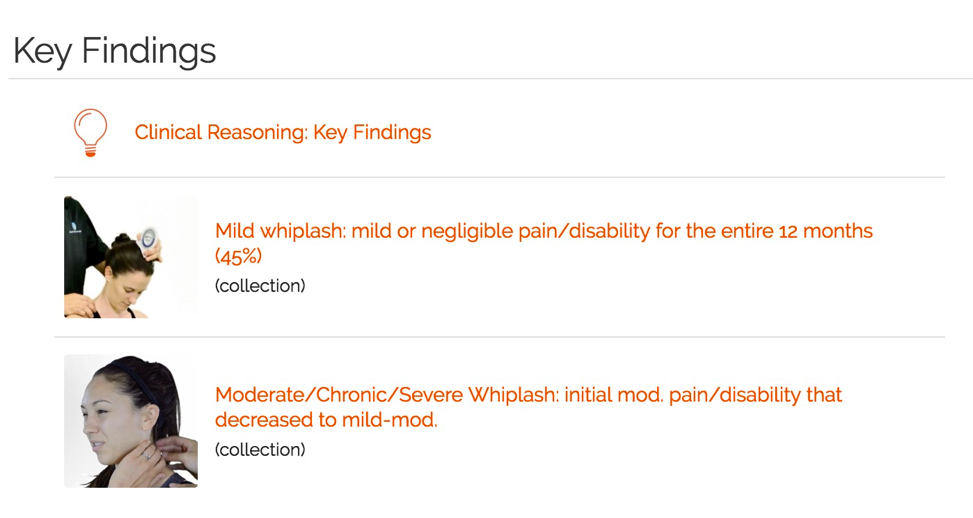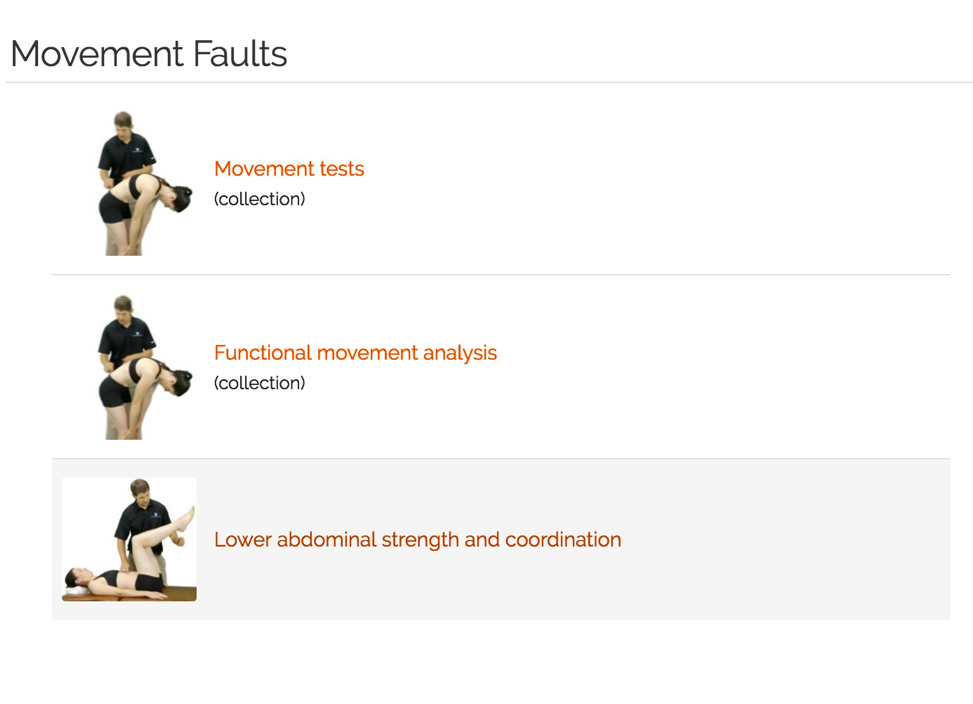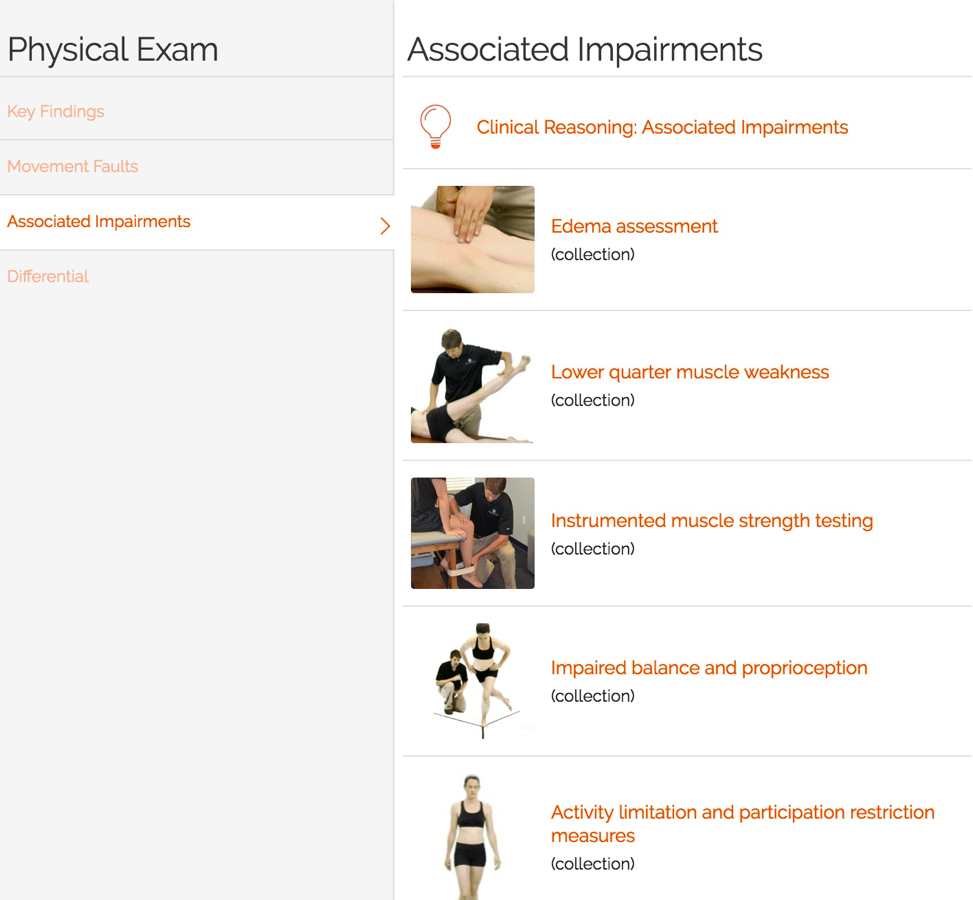Well, it has been a busy weekend! Marshall and I have been working on updating all the techniques in the apps to show a grade of evidence as shown by the clinical practice guidelines. The guidelines are so powerful because they summarize the current best evidence and make recommendations. This allows clinicians to quickly get a sense of the value of the examination or technique based on multiple studies!
See the images below of how Evidence in graded in the guidelines.
You will see in all of your apps over the next week…. These grades being built into the relevant tests, interventions, outcome measures and patient education!
















